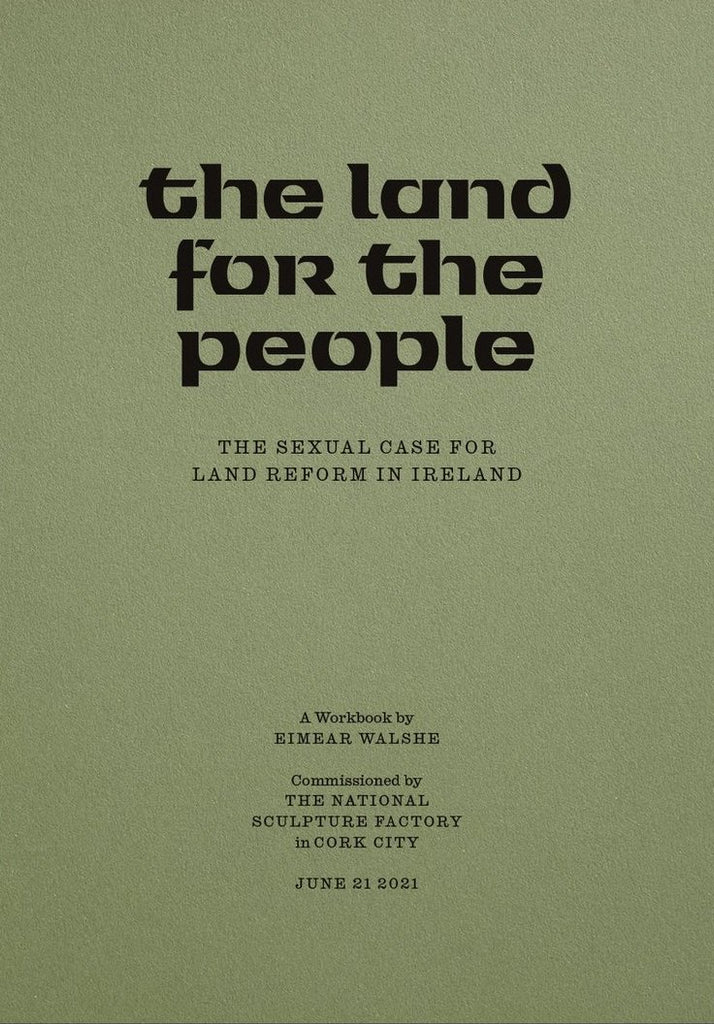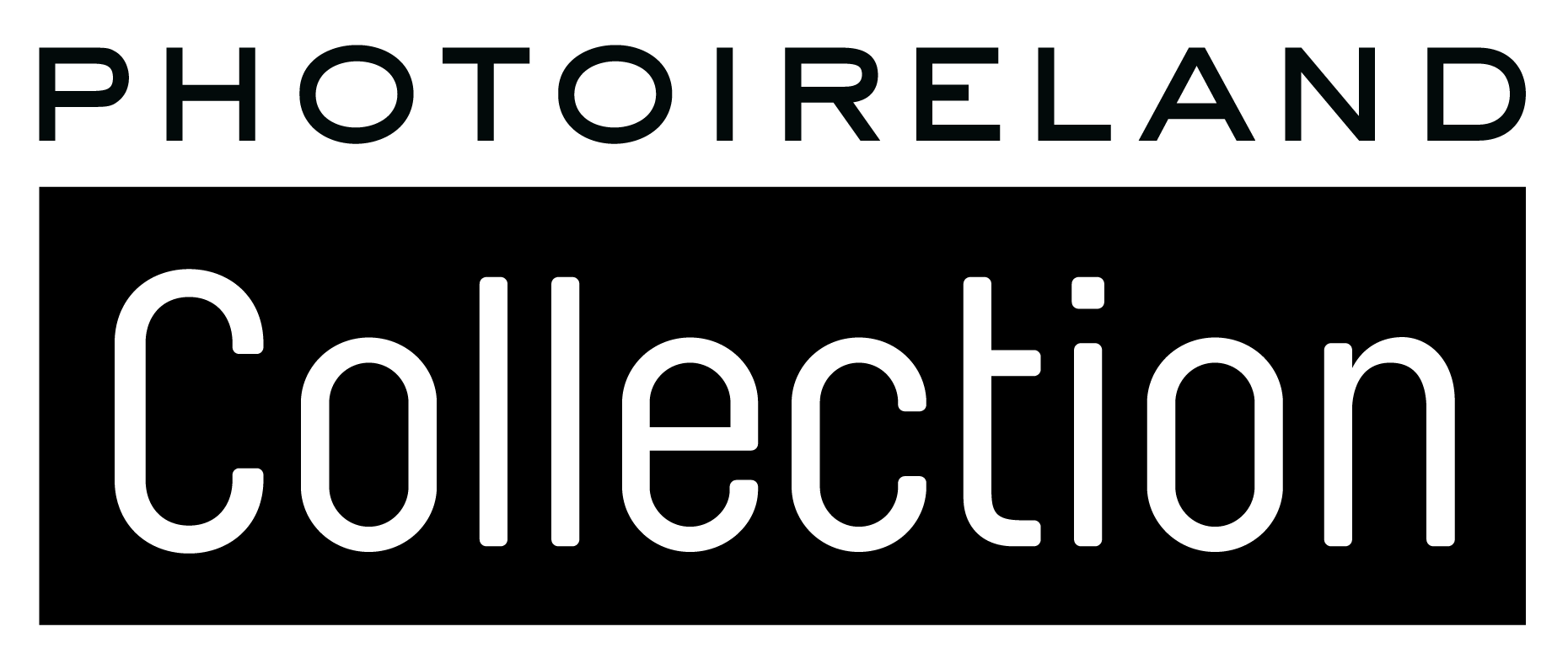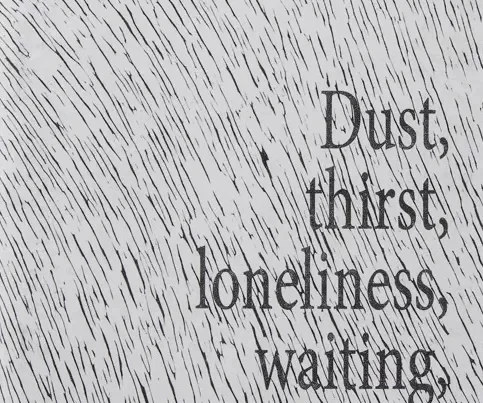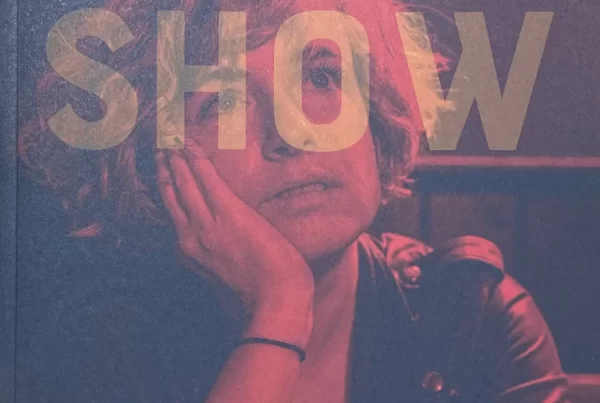
 The Land for the People: The Sexual Case for Land Reform in Ireland
The Land for the People: The Sexual Case for Land Reform in Ireland
Eimear Walshe
Self-Published
English
Commissioned by The National Sculpture Factory.
Softcover
Second Edition
40 pages
210 x 140 mm
2021
ISBN Not Available
This workbook by Eimear Walshe highlights the relevance of 19th century land conflict in the present day. The pamphlet presents a series of challenges to members Irish society through accessible exercises on themes including inheritance, displacement, community organising, and revenge.
(source: https://www.thelibraryproject.ie/products/the-land-for-the-people-the-sexual-case-for-land-reform-in-ireland-eimear-walshe)
About the Artist
Eimear Walshe is an artist from Longford. Their work is made public through sculpture, publishing, video, performance and lectures, or combinations of these forms. Their practice is based on research in fiscal and sexual economies and histories, working to reconcile the aesthetics, values and tastes of their queer and rural subjectivity. They also publish writing in various adaptations of artist memoir in reference to role models including Claude Cahun, Dolly Parton, and St Joseph.
Selected exhibitions include EVA international, Limerick, (2020); Bodies of Knowledge, Van Abbemuseum, Eindhoven, (2019) and GRETTA with Roscommon Arts Centre, at King House Boyle, 2019. Eimear Walshe is supported by the Arts Council Visual Artist Bursary and Project Award. During two research fellowships at the Van Abbemuseum, Eindhoven, Eimear Walshe set up the projects, Separatist Epistemologies (2018) and The Department of Sexual Revolution Studies (2019) with Design Academy Eindhoven, a public programme to explore how contemporary sexual practices might help us to better understand the relationship between sexuality and society today, including issues such as politics, housing, and technology.
(source: https://www.templebargallery.com/studios-residencies/studio-artists/eimear-walshe)
About the Commissioner
The National Sculpture Factory, set up in 1989 is a thriving artists’ resource facility where artists are working on many creative projects. It is a significant national resource and is primarily funded by the Arts Council and Cork City Council. The building is the old Tramway, which housed the trams from 1898 until 1931.
(source: https://www.corkcity.ie/en/cork-heritage-open-day/buildings/cultural-buildings/national-sculpture-factory/)



